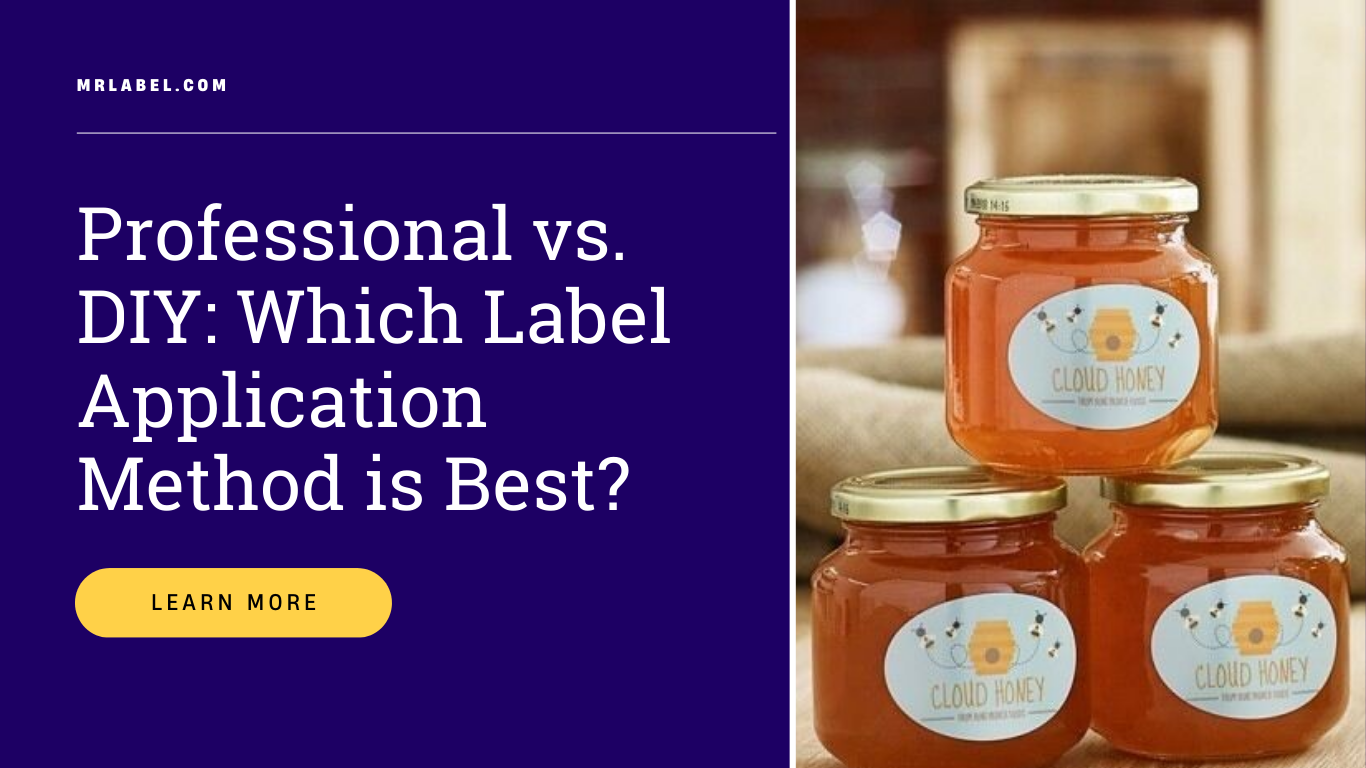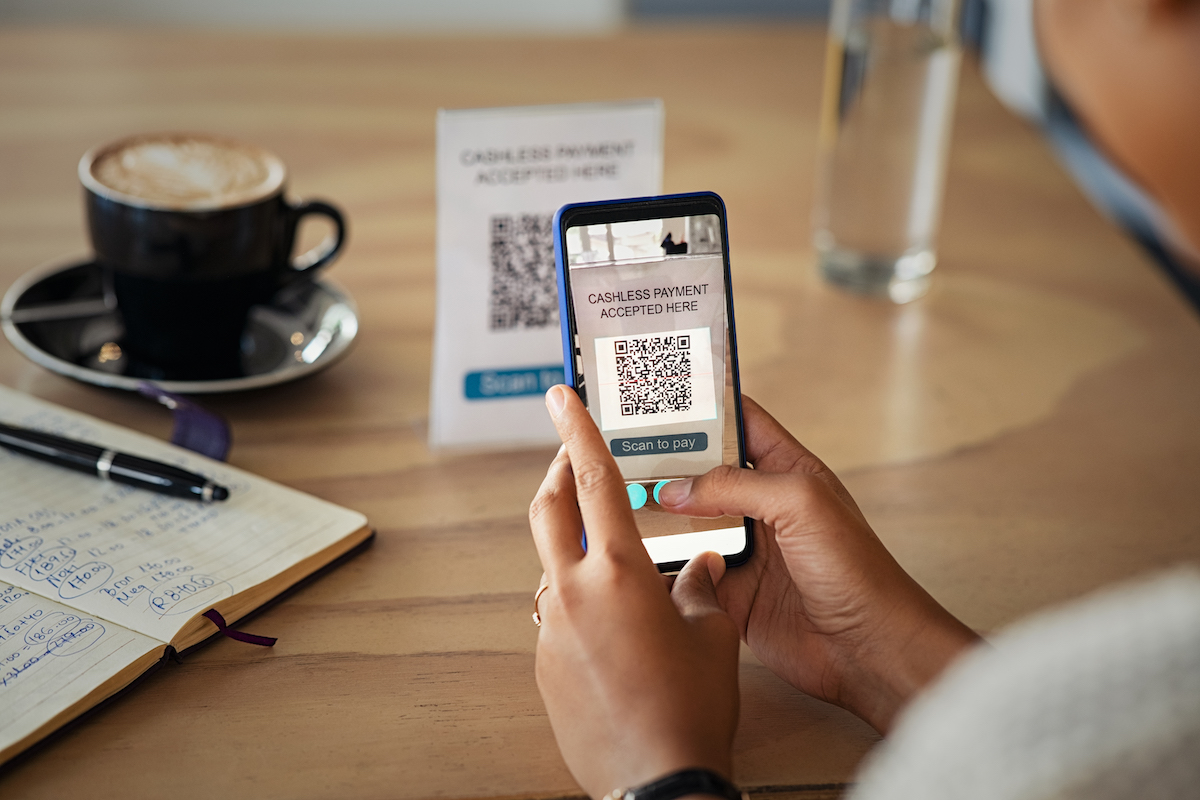In the fast-paced world of modern business, how we label our products can make or break customer impressions. These small labels are responsible for informing, attracting, and reflecting your brand’s image. However, applying labels can be a hassle. It’s time-consuming, leads to mistakes, and is often stressful.
In this article, we will explore the pain points that come up with in-house label applications and the different label applications from a professional point of view. Moreover, we highlight the disadvantages of manual application and the advantages of partnering with an experienced label company like M&R Label, share valuable tips and tricks for flawless label application, and encourage companies to make intelligent decisions by hiring professionals.
The Frustrations of In-House Label Application
When businesses attempt to apply labels in-house, several challenges can emerge, causing pain points that make the process less productive and efficient. These include:
- Inconsistency in label positioning and alignment creates an unprofessional appearance that can negatively impact brand perception.
- Time-consuming manual processes that divert focus and resources from other crucial tasks.
- Improper label application techniques can damage the label, wasting materials and additional costs. Labels that are torn, wrinkled or peeling give off an unprofessional impression, eroding brand trust and credibility.
- Difficulty in achieving precise label placement on irregularly shaped or curved surfaces.
- The in-house application can be inefficient for businesses dealing with large labeling volumes. It could strain resources, slow down processes, and cause delays, making it harder to meet customer needs quickly.
Different Label Application Methods to Consider
Label application is a critical step in product packaging, and understanding the various ways available allows you to make more informed decisions. Let’s look at the most common label application methods:
- Manual Application: This method involves manually peeling and labeling product surfaces. While it is the most basic and commonly used approach, it has limitations. The manual application relies heavily on human precision, which might result in variations in label placing and alignment. Furthermore, it is time-consuming and labor-intensive, diverting resources from other essential business tasks.
- Semi-Automatic Application: In this method, machines assist in the label application process, but manual positioning and alignment are still required. The semi-automatic application reduces labor but does not eliminate the challenges associated with manual application. It may improve consistency, but human error can still occur.
- Automatic Application: Considered the gold standard of label application, this method utilizes specialized machinery designed to apply labels to products with precision and consistency automatically. Automatic application minimizes the risk of human error, ensuring flawless results consistently. Eliminating the need for manual intervention saves time and resources, allowing businesses to focus on other critical aspects of their operations.
When choosing a label application method, it’s essential to consider factors such as the volume of labeling, the complexity of product shapes, and the desire for consistency and efficiency.
Disadvantages of Manual Application
While manual label application may initially appear cost-effective, there are several drawbacks that businesses should consider:
- Inconsistent placement: Due to the human element involved, manual label application is prone to positioning problems. Labels can be crooked, misaligned, or unevenly spaced, creating an unprofessional and inconsistent appearance.
- Time-consuming: Manual application requires significant time and effort from employees. This can divert valuable resources from core business operations directly contributing to growth and profitability.
- Air bubbles and wrinkles: Improper application techniques can introduce air bubbles or wrinkles on labels. These flaws reduce the overall aesthetic appeal of the product packaging and can negatively impact the brand image.
- Wasted resources: Inefficiencies in manual label application can lead to damaged labels, resulting in material wastage and increased expenses for the business. This affects the bottom line and also contributes to environmental concerns due to unnecessary waste.
- Difficulty with complex surfaces: Manual application becomes particularly challenging when dealing with irregularly shaped or curved surfaces. Achieving proper adhesion and a clean look on such surfaces can take time and effort, leading to subpar results.
- Lack of scalability: As businesses expand and label volumes increase, the limitations of the manual application become apparent. The process becomes more impractical, time-consuming, and labor-intensive, reducing operational efficiency and potentially causing delays in meeting customer demands.
So, businesses need to carefully evaluate the impact of manual label applications on their operations and consider alternative methods that offer greater efficiency, consistency, and cost-effectiveness.
Benefits of Partnering with Professionals like M&R Label
When you choose to collaborate with a professional label company like M&R Label, you gain access to many advantages that not only overcome the limitations of manual application but also enhance your overall label application process. Here are some key benefits to consider:
Consistent and flawless label application: Professionals use advanced technology and industry expertise to ensure that every label is applied precisely and consistently. This attention to detail gives your products a polished, professional image.
Enhanced Brand Image: Professionally applied labels bring a touch of professionalism and quality to your products. The consistent and flawless application displays attention to detail, which improves your brand image and creates confidence in your customers.
Reduced label wastage: A professional label application can significantly minimize label wastage. Professionals employ efficient techniques and equipment that reduce the risk of damaged labels, leading to cost savings and environmental benefits.
Expertise in complex surfaces: Professional label companies have the knowledge and experience to handle labels on challenging surfaces. Whether irregular shapes or curved containers, we know the right techniques to ensure proper adhesion and a visually appealing result.
Scalability: As your business grows and label volumes increase, professional label companies can quickly scale their operations to meet your needs. We can accommodate high label volumes without compromising on quality or efficiency, ensuring a smooth label application process even during periods of rapid growth.
By partnering with professionals like M&R Label, you can enjoy consistent, high-quality label application that enhances your brand image, reduces wastage, and supports the scalability of your business. With our knowledge and innovative technology, you can be confident that your products will have flawless labeling that sets them apart from the competition.
M&R Label’s Top Tips & Tricks for Flawless Label Application
To further enhance the label application process, M&R Label shares the following tips and tricks:
Ensure surface cleanliness: Before applying the label, ensure the surface is clean and dry. This ensures proper adhesion and prevents dirt or debris from interfering with the label.
Consider label material: Select suitable material for the specific application surface and environment. Factors such as durability, resistance to moisture or chemicals, and adhesive strength should be considered.
Optimize label positioning: To achieve accurate label placement, utilize positioning guides, registration marks, or specialized label applicators. These tools help ensure labels are applied consistently and precisely on each product.
Test and adjust: Before applying labels on a large scale, conduct thorough testing to check for proper label adhesion and longevity. This allows you to make necessary adjustments before committing to a full-scale application.
Regular maintenance: Implement a regular maintenance schedule to maintain optimal performance and longevity of machinery and tools used for label application. This includes cleaning, lubrication, and inspection to ensure smooth operation.
By applying these tips and tricks, you can maximize the effectiveness and efficiency of your label application process, leading to flawless results and enhanced brand presentation.
Trust Your Label Application to the Professionals at M&R Label
For flawless label application that enhances your brand image and ensures consistent quality, partnering with professionals like M&R Label is the way to go. With our expertise, cutting-edge technology, and top-notch service, you can expect precise label placement, reduced wastage, and a streamlined process. Contact M&R Label today and experience the benefits of working with industry experts.
M&R Label is the trusted label partner for businesses of all sizes and industries. As a full-service label vendor in the United States, we can help you create innovative, professional labels that not only wow your customers but also comply with industry standards. Our team is well-versed in regulatory requirements and will provide your organization with high quality custom label designs that exceed your goals and meet regulations!




